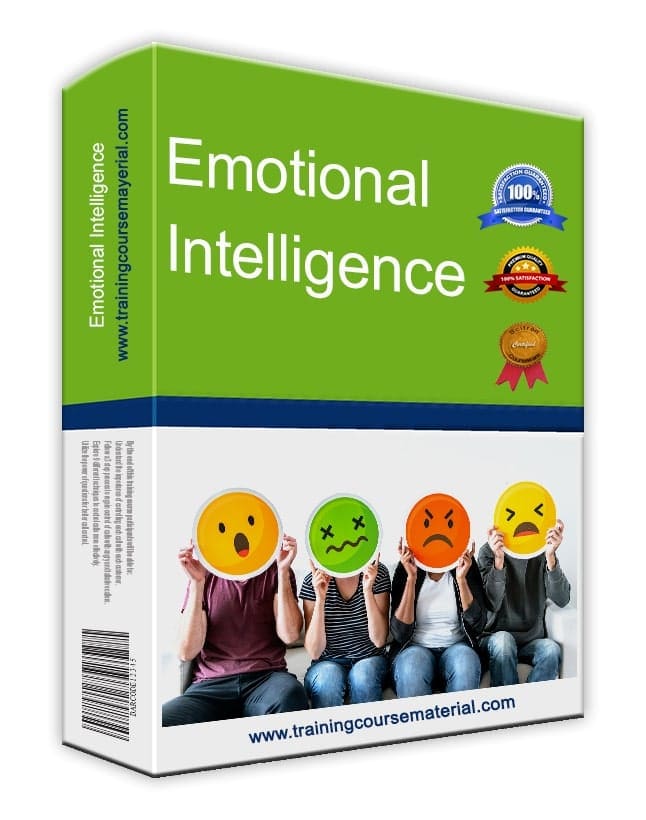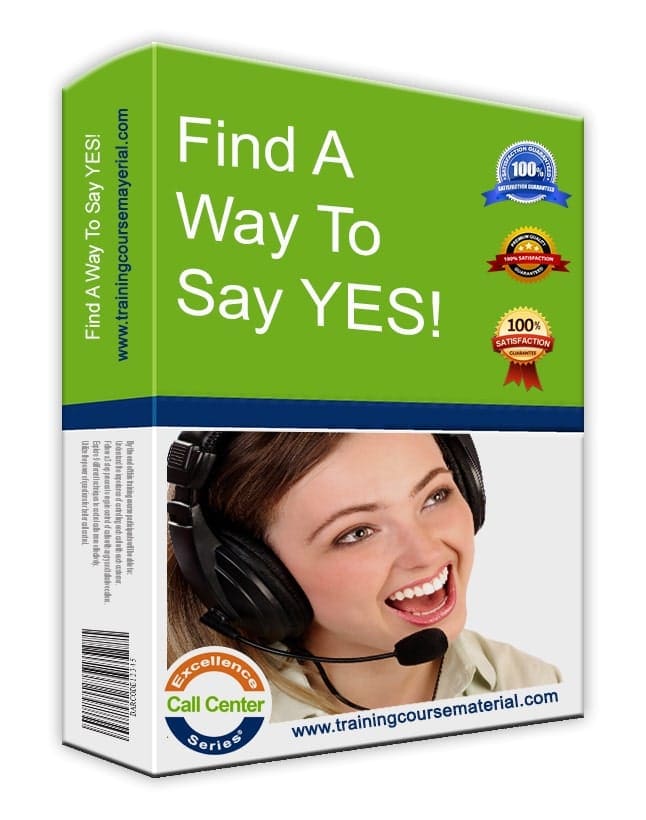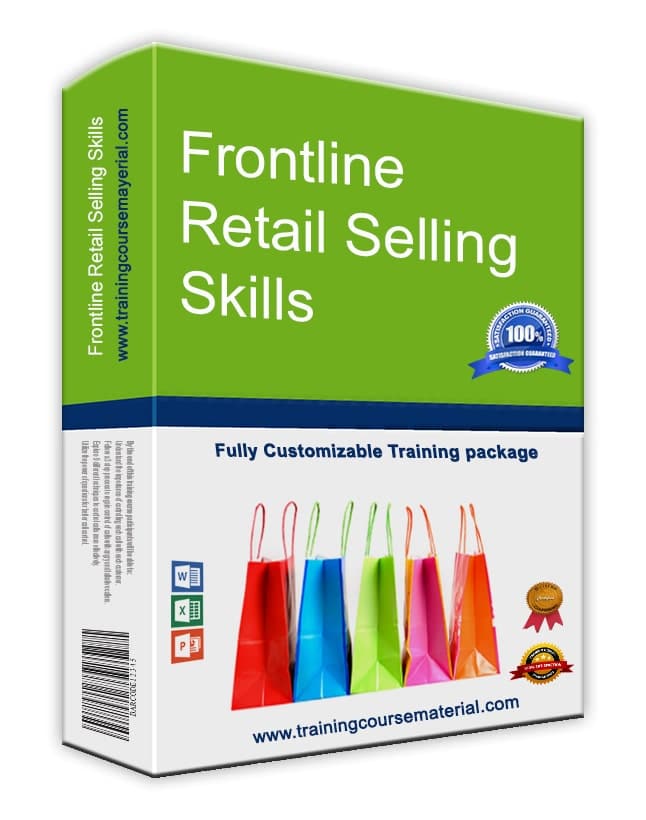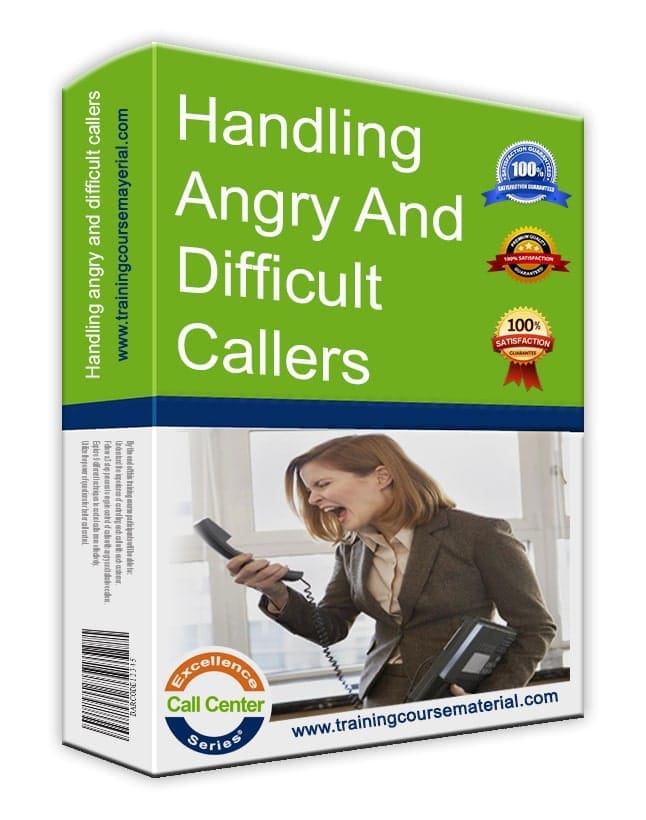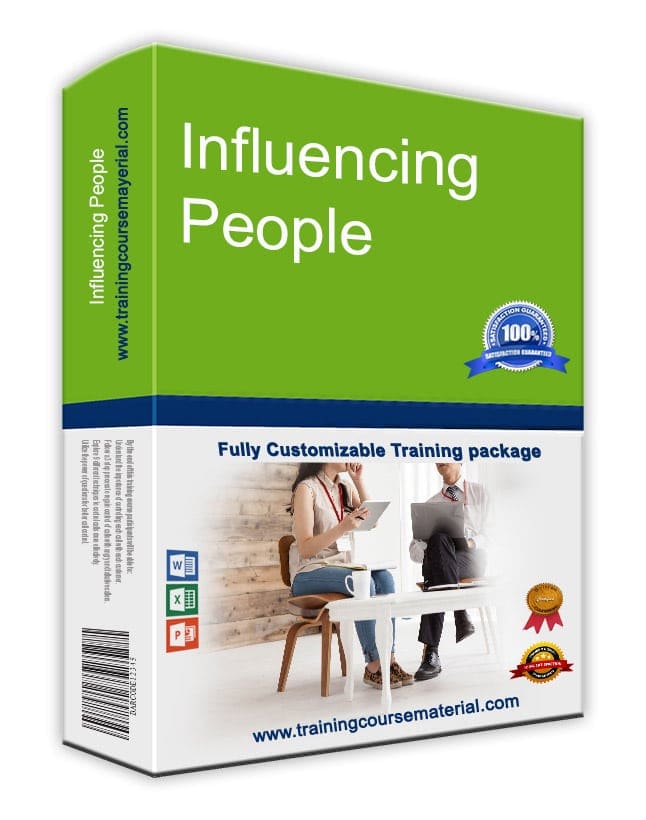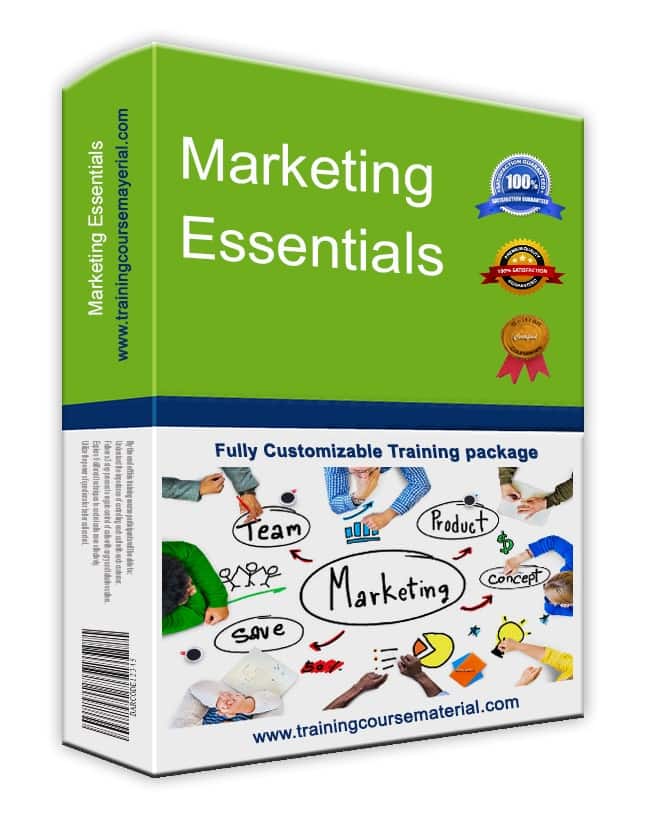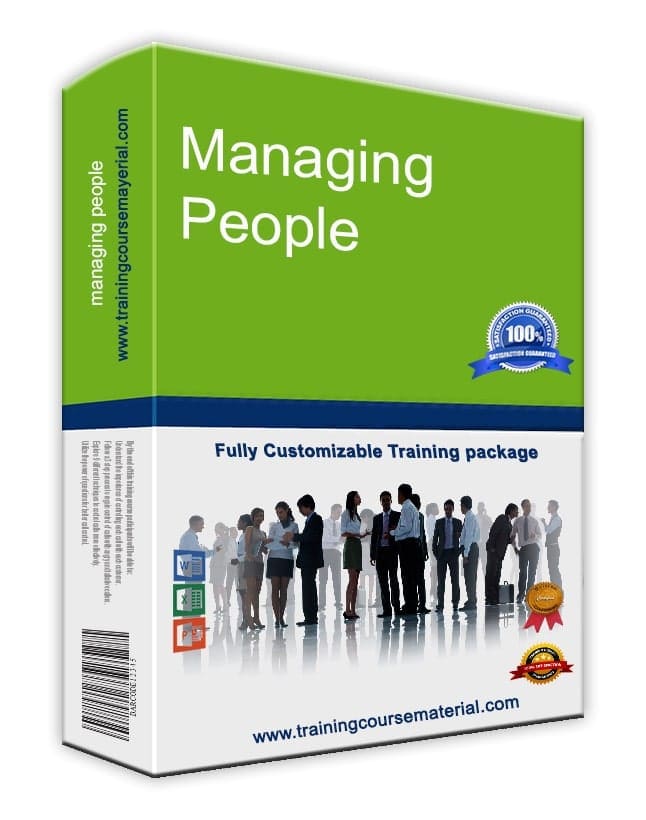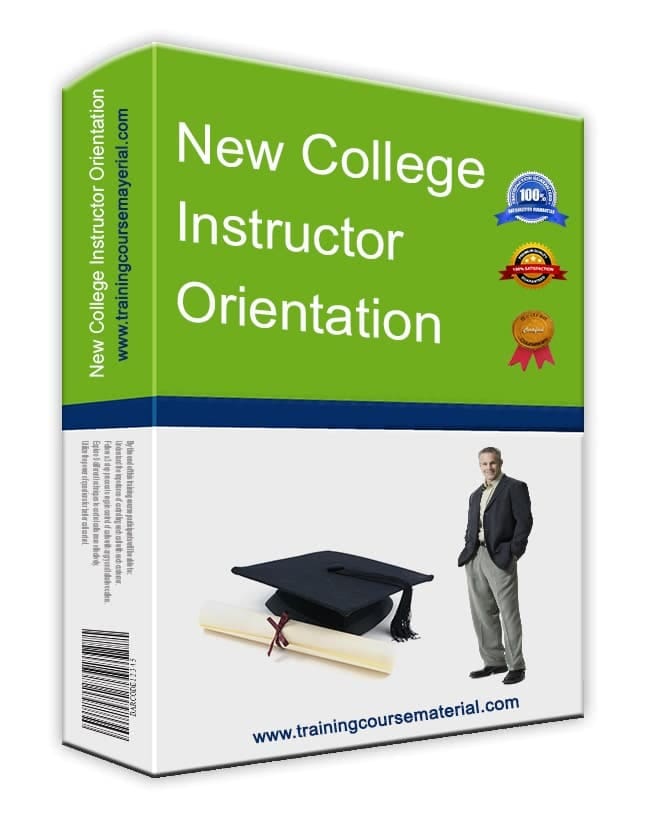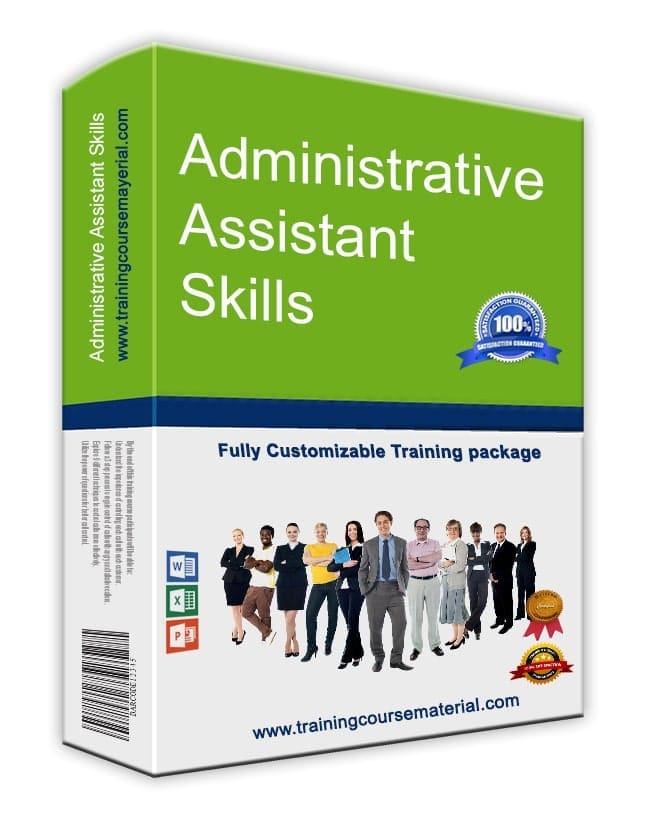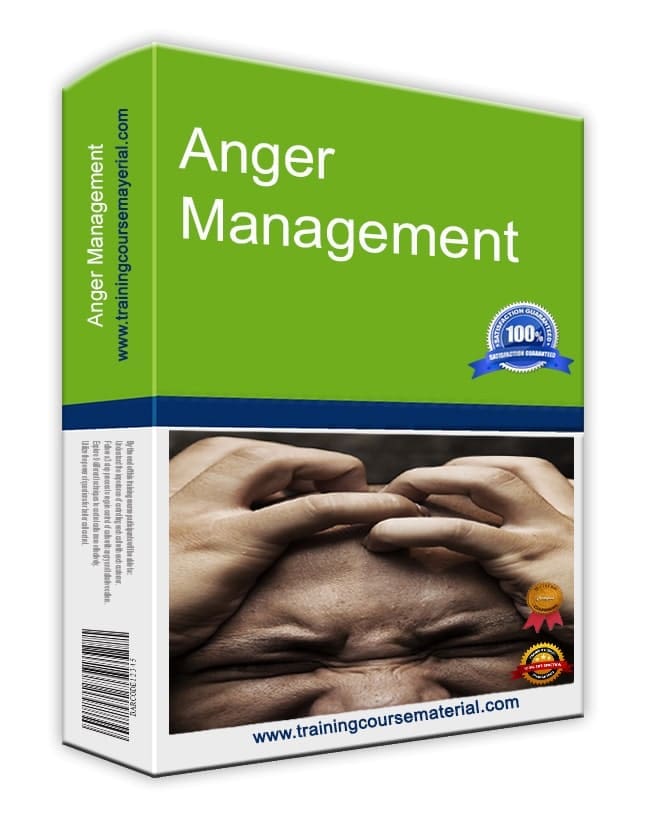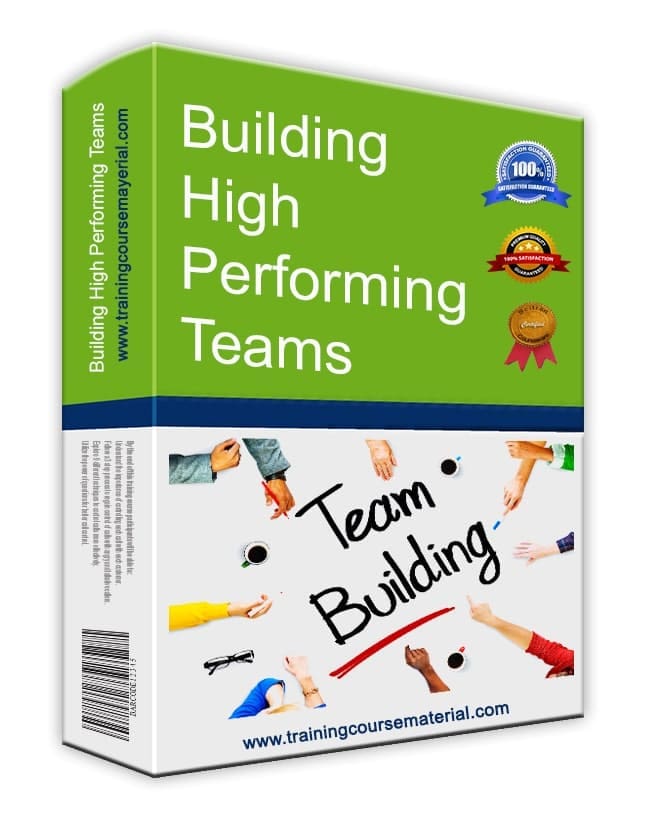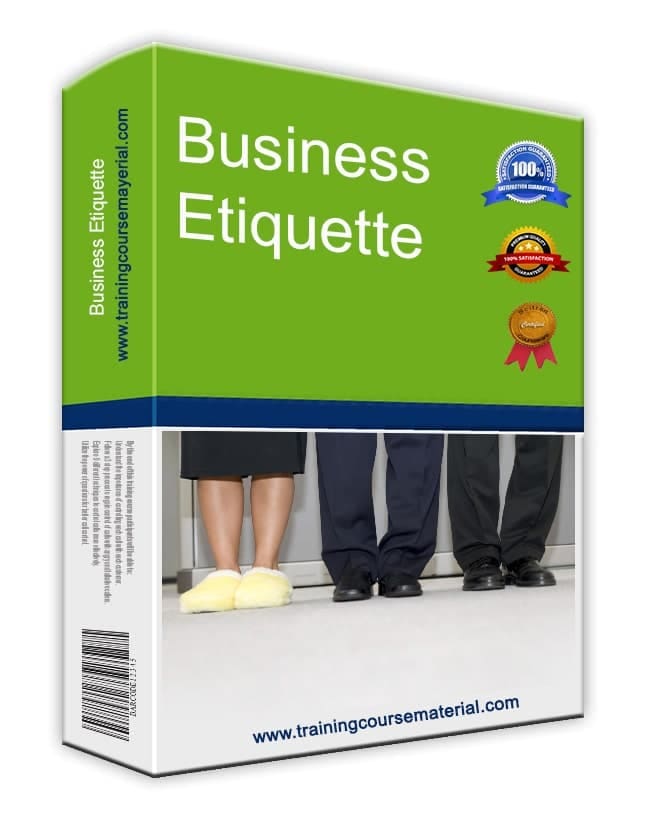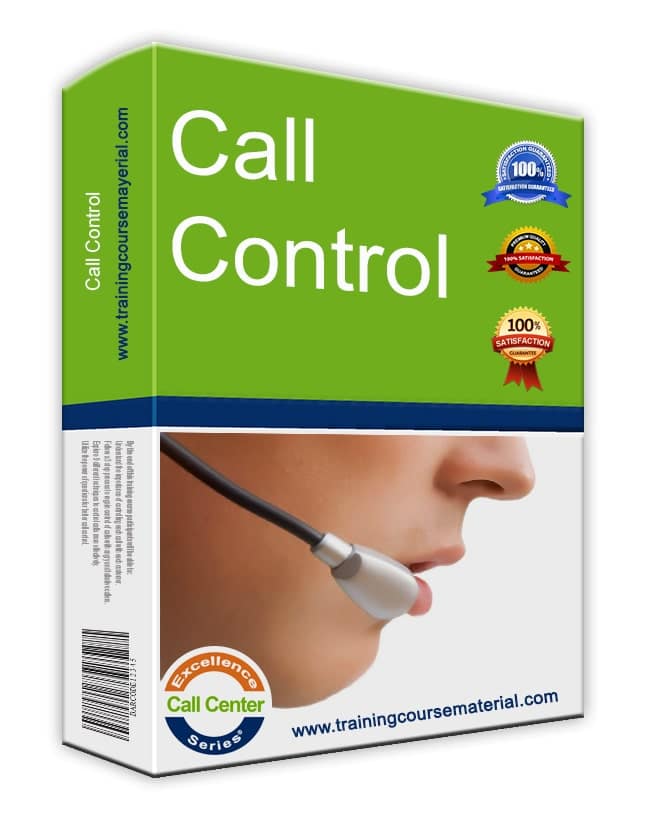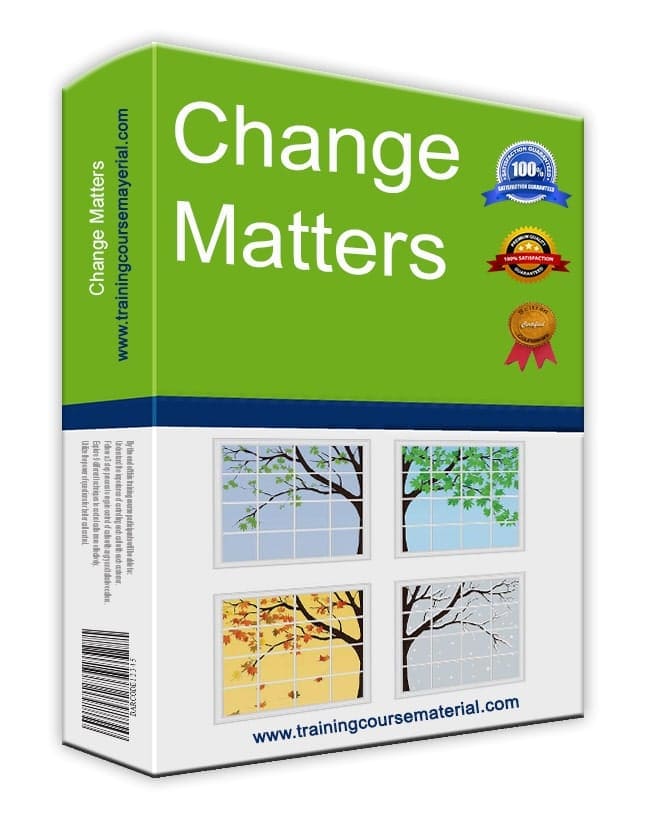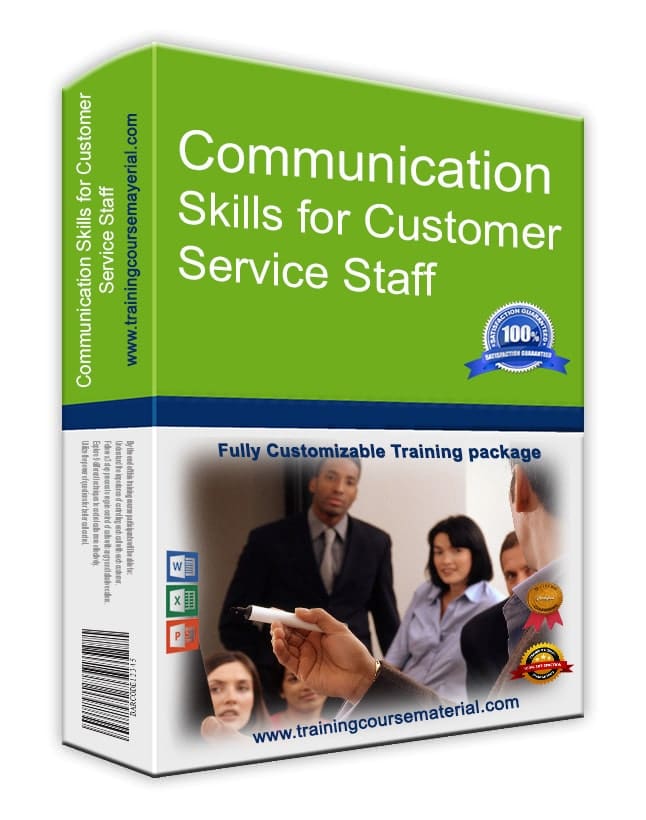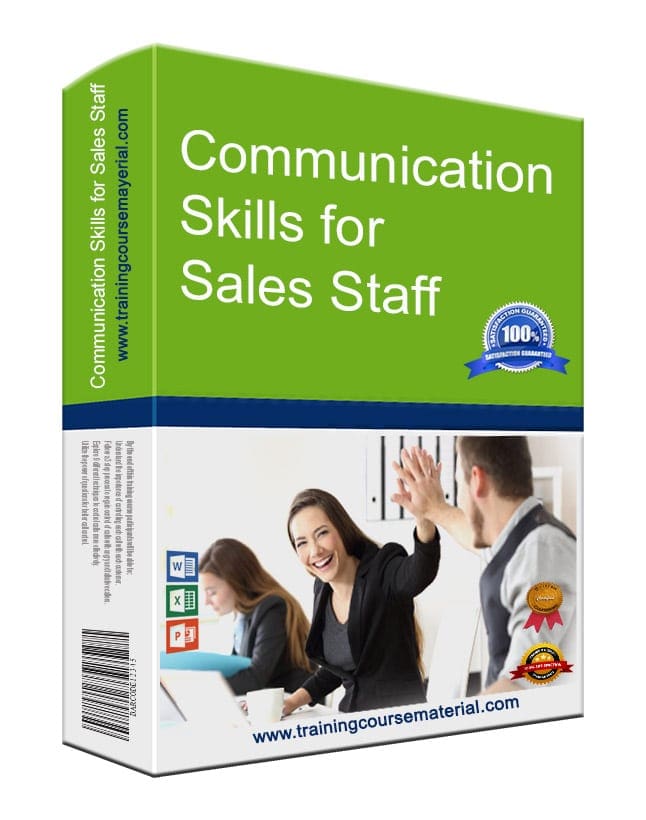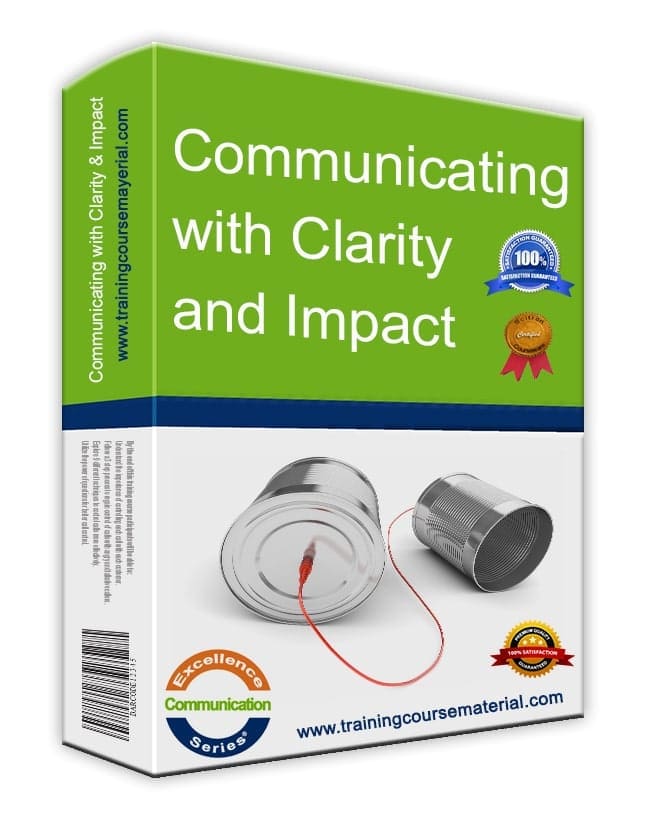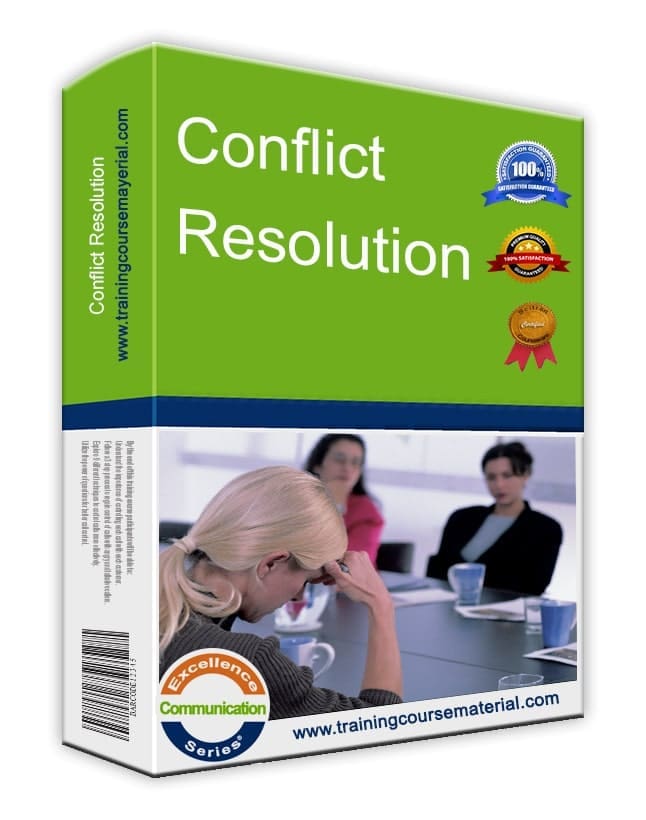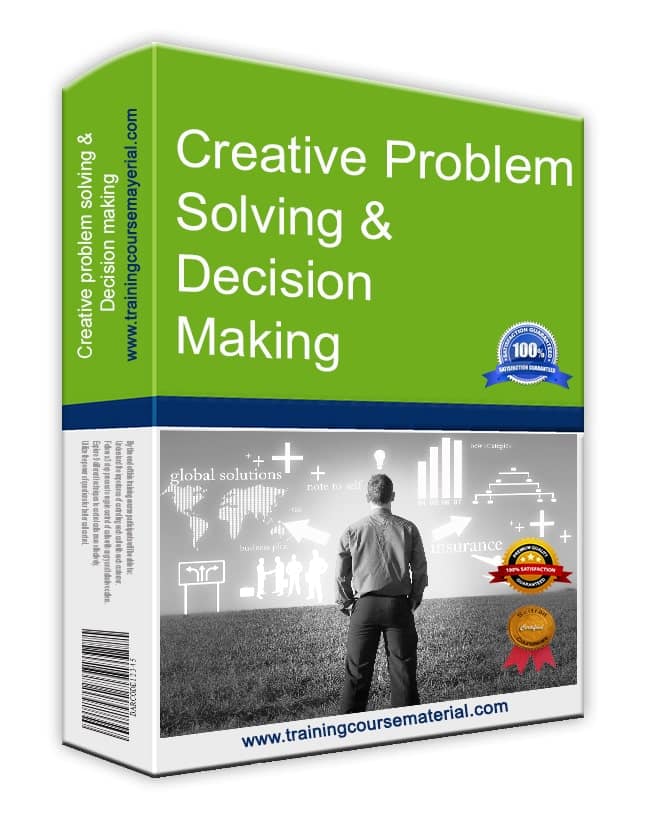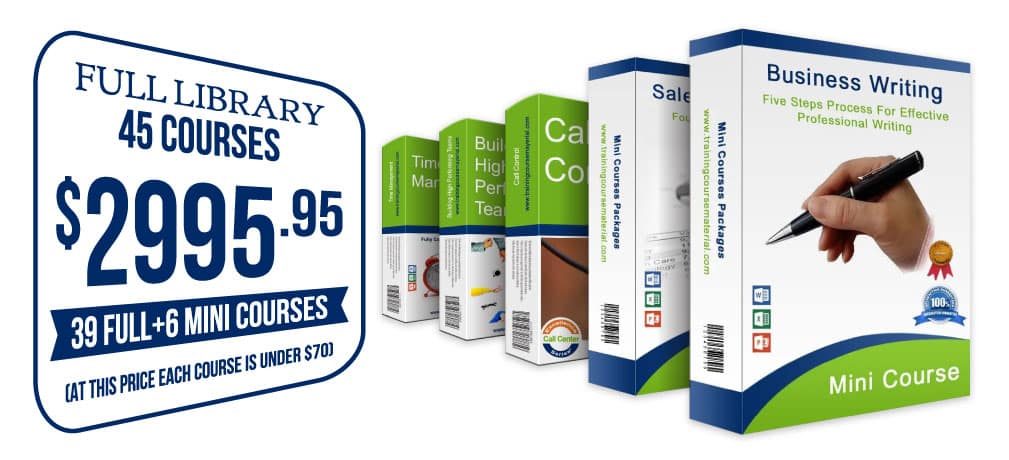Handling Objections in Sales
By TrainingCourseMaterial.com
Objections aren’t rejection. They’re hesitation. Most buyers raise objections because they need reassurance. They’re weighing a decision and don’t want to get it wrong.
Pre-Empt the Objection
Before objections arise, you can take the sting out of them with a technique called “making the skeleton dance.”
That means you take your product or service’s perceived flaw—and own it with confidence. For example:
Prospect: “You folks are way too expensive.”
Salesperson: “Absolutely. Because we can be.”
Prospect: “Excuse me?”
Salesperson: “Our clients are happy to pay for results. We charge what we do because we consistently deliver value.”
This kind of confidence reframes the objection—and forces the buyer to reconsider.
Why Do Buyers Object?
- They misunderstand something you said
- They feel pressured
- They don’t believe your claims
- They haven’t made up their mind
- They need to justify the decision to someone else
- They want to buy—but need reassurance
Golden Rule: Don’t Interrupt
If you interrupt an objection, you send the wrong message: “You’re wrong—and I’ll prove it.” That’s rarely persuasive. Instead, let the buyer talk. Then work through their concern calmly.
4-Step Objection Handling Process
1. Listen
Let them speak fully. Don’t jump in—even if you’ve heard the objection a hundred times. Each buyer’s concern is slightly different. Listening shows professionalism and buys you time to respond.
2. Clarify
What does “too expensive” really mean?
- I got a lower quote
- I’m not sure I need this
- I have a limited budget
- I’m trying to negotiate
Ask for specifics. For example: “When you say it’s a bit expensive, can you tell me more about what you’re comparing us to?”
3. Deal with the Objection
Once you understand the true concern, tailor your response. Depending on whether the objection is a misunderstanding, disbelief, or a product disadvantage, address it accordingly—with empathy, clarity, and credibility.
4. Advance the Sale
Don’t stop at resolving the objection. If the buyer feels reassured, ask another qualifying question, or move toward closing. Objection handling should keep the conversation moving forward.
Common Objection Types
- Need: “I don’t think I need this.”
- Price: “It’s too expensive.”
- Features: “It doesn’t have what I want.”
- Timing: “I’m not ready to decide yet.”
Each objection hides a fear or hesitation. Uncover it—and answer the real concern underneath.
📘 Related Resource
Test your sales confidence with our Confidence Quiz—a quick self-check to see how prepared you are to handle objections, close deals, and stay calm under pressure.
📦 Sales Training Resources
Looking to sharpen your objection-handling and close more sales? Explore our Sales Excellence Series for ready-to-deliver training material:
Frequently Asked Questions
How do I stay calm when someone objects?
Pause, breathe, and listen. Objections are part of the process, not personal attacks. Treat them as opportunities to learn more.
Is price the most common objection?
It’s one of the most voiced—but often it masks deeper concerns like trust, urgency, or perceived value.
What if I don’t know how to answer the objection?
Ask more questions. Shift from selling to understanding. If needed, follow up later with a tailored response.
Can objections actually help the sale?
Yes. When handled well, objections build trust, show professionalism, and often lead directly to the close.
About the Author
This article was created by the editorial team at TrainingCourseMaterial.com, experts in designing practical, ready-to-deliver sales and business training materials used by trainers, HR professionals, and consultants worldwide.
Reviewed and fact-checked by the TrainingCourseMaterial.com editorial team on . Originally published July 2022.

